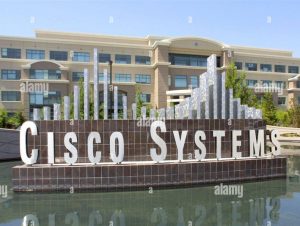Ordering WAN Technology – WAN for the Enterprise
3 min read
When you order WAN transport technology, early planning is key. It usually takes at least 60 days for the carrier to provision circuits. Generally, the higher a circuit’s capacity, the more lead time required for provisioning. When you’re ordering bandwidth overseas or between hemispheres, a lead time of 60 to 120 days is fairly common.
WAN transport in most cases includes an access circuit charge and, at times, distance-based charges. Metro Ethernet availability has long lead times. In rare cases, construction is necessary to provide fiber access, which requires more cost and time delays. You should compare pricing and available WAN technology options from competing carriers.
When you are selecting a standard carrier package, it takes about a month to contract a WAN circuit. If you want to negotiate a detailed SLA, expect to take another five months or more, including discussions with the service provider’s legal department. The bigger the customer, the more influence it has over the SLAs and the contract negotiations.
Contract periods for most WAN services are one to five years. Contracts are usually not written for longer durations because the technology is changing quickly. An exception is dark fiber, which is generally contracted for a 20-year term. In this case, you also want to have the right of non-reversion written in the SLA. This means that no matter what happens to the service provider, the fiber is yours for the 20-year period. The process to repair a fiber cut should be defined within the SLA.
Tariffed commercial WAN services are available at published rates but are subject to restrictions. However, carriers are moving toward unpublished rates to be more competitive and to offer more options.
WAN Connectivity Options Summary
The following are on-premises WAN connectivity options:
- Leased lines: Service providers offer leased-line connectivity such as T1/E1, T3/E3, and OCx circuits. These circuits provide dedicated, reliable, and high-speed connectivity between two locations.
- Wireless: Long Term Evolution (LTE) technologies such as LTE Advanced and LTE Advance provide high-speed wireless connectivity with download rates of 600 Mbps/1.1 Gbps and upload rates of 100 Mbps/200 Mbps, respectively. In addition, 5G is another popular wireless technology with download peak rates of 20 Gbps and upload peak rates of 10 Gbps.
- MPLS: MPLS is a Layer 3 VPN technology that provides secure and reliable connectivity between multiple WAN locations. MPLS can provide quality-of-service (QoS) and class-of-service (CoS) features to prioritize critical traffic flows over best-effort-type traffic flows.
- Ethernet WAN: Ethernet WAN is a Layer 2 VPN technology that provides high-speed connectivity between multiple WAN locations. Ethernet WAN can be delivered over copper, fiber, or wireless media.
The following is a hybrid WAN connectivity option:
- SD-WAN: This cloud-enabled WAN technology provides secure and reliable connectivity between multiple WAN locations. SD-WAN can use multiple transport options such as broadband, MPLS, and LTE, and can be used to optimize application performance, control routing, reduce costs, and simplify management.
The following are cloud WAN connectivity options:
- Cloud Connect: This service provides direct connectivity between a customer’s network and cloud service providers such as AWS, Azure, and Google Cloud. Cloud Connect can provide private and secure connectivity to the cloud and improve application performance.
- Cloud On-Ramp: This SD-WAN service provides seamless connectivity between a customer’s network and cloud service providers. SD-WAN Cloud On-Ramp can be used to optimize traffic routing, reduce latency, and improve application performance.




